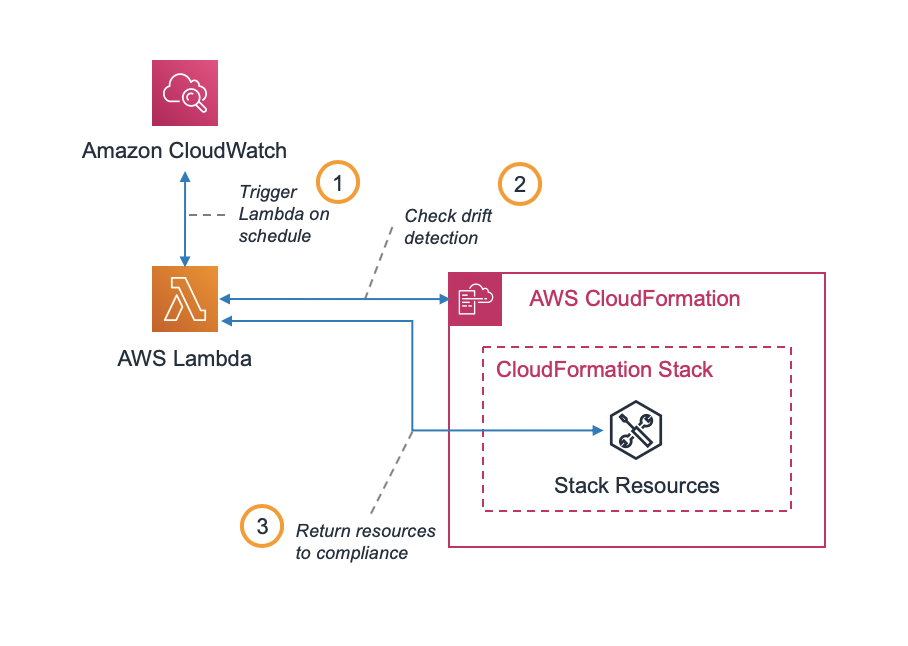AWS Cloud Operations & Migrations Blog
Tag: Compliance
Improve your IoT security posture using AWS
Introduction IoT applications and devices can be diverse and are used across industries such as utilities, agriculture, manufacturing, mining, transportation and consumer electronics. With the exponential growth of IoT devices and the increasing attack surface, it also means that IoT security needs to planned and designed into the solution from the ground up. IoT solutions […]
Build Cloud Operations Skills Using the New Getting Started with AWS Audit Manager Training
Are you responsible for your organization’s compliance? Do you want to simplify and automate audit activities? Do you want to make sure your organization is compliant with internal control frameworks and industry standards? If you need to simplify your risk and compliance assessments while automating evidence collection in your AWS cloud environment, then getting started […]
Implementing an alarm to automatically detect drift in AWS CloudFormation stacks
AWS CloudFormation is a service that helps you model and implement your Infrastructure as Code (IaC). It provisions and configures cloud resources as described in template files that are written in JSON or YAML. After resources have been created with CloudFormation, it is possible for users to alter those resources via the AWS Management Console, […]
How Arctic Wolf uses AWS CloudTrail Lake to Simplify Security and Operations
In this post, we’ll discuss how Arctic Wolf is using AWS CloudTrail Lake to simplify compliance, enhance security operations, and obtain new operational insights from their CloudTrail data. Arctic Wolf, the leader in security operations, helps customers protect their organizations from rapidly evolving cyber threats with the Arctic Wolf Security Operations Cloud and Concierge Security® model. As […]
Announcing AWS Config Custom Rules using Guard Custom policy
AWS Config lets you evaluate your AWS resources with a desired configuration state using AWS Config Rules. In AWS Config, you can define two types of rules, managed rules and custom rules. Managed rules are AWS provided rules that will evaluate your resources with a predefined configuration state that address some of the most common […]
Announcing AWS CloudTrail Lake – a managed audit and security Lake
Organizations managing cloud infrastructure in AWS need effective mechanisms to audit operations in their AWS accounts for security and compliance. In November 2013, we announced AWS CloudTrail as the auditing platform for AWS. Since then, millions of customers have adopted this service. We believe CloudTrail is so important to AWS customers’ success that every new […]
Limit interactive session commands by groups of users using AWS Systems Manager
Customers are looking for a way to limit the types of commands that can be run on their Amazon Elastic Compute Cloud (Amazon EC2) instances when using AWS Systems Manager Session Manager interactive sessions. Allowed commands vary by group, meaning you need to allow different sets of commands based on the group of users. For […]
Using AWS Systems Manager OpsCenter and AWS Config for compliance monitoring
In this post, I show how AWS Systems Manager OpsCenter can be used to centrally record and mitigate alerts from AWS Config. When AWS Config detects a resource that is out of compliance, an OpsItem is created. This OpsItem is used to track details of the noncompliant resource, record investigative actions, and provide access to […]
Implement automatic drift remediation for AWS CloudFormation using Amazon CloudWatch and AWS Lambda
“Stack drift” is a common occurrence for organizations using AWS CloudFormation, and remediating stack drift represents a persistent and tedious challenge for organizations managing critical infrastructure with CloudFormation stacks. Stack drift occurs when the actual configuration of an infrastructure resource differs from its expected configuration. Typically, this is caused by users editing resources directly by […]
Managing aged access keys through AWS Config remediations
One of the security best practices that is time-consuming to manage is enforcing IAM access key rotation for IAM users. Access keys give IAM users the ability to connect to Amazon EC2 instances. Therefore rotating these regularly (for example, every 90 days) is one of the key steps in protecting your resources from unauthorized access. […]









